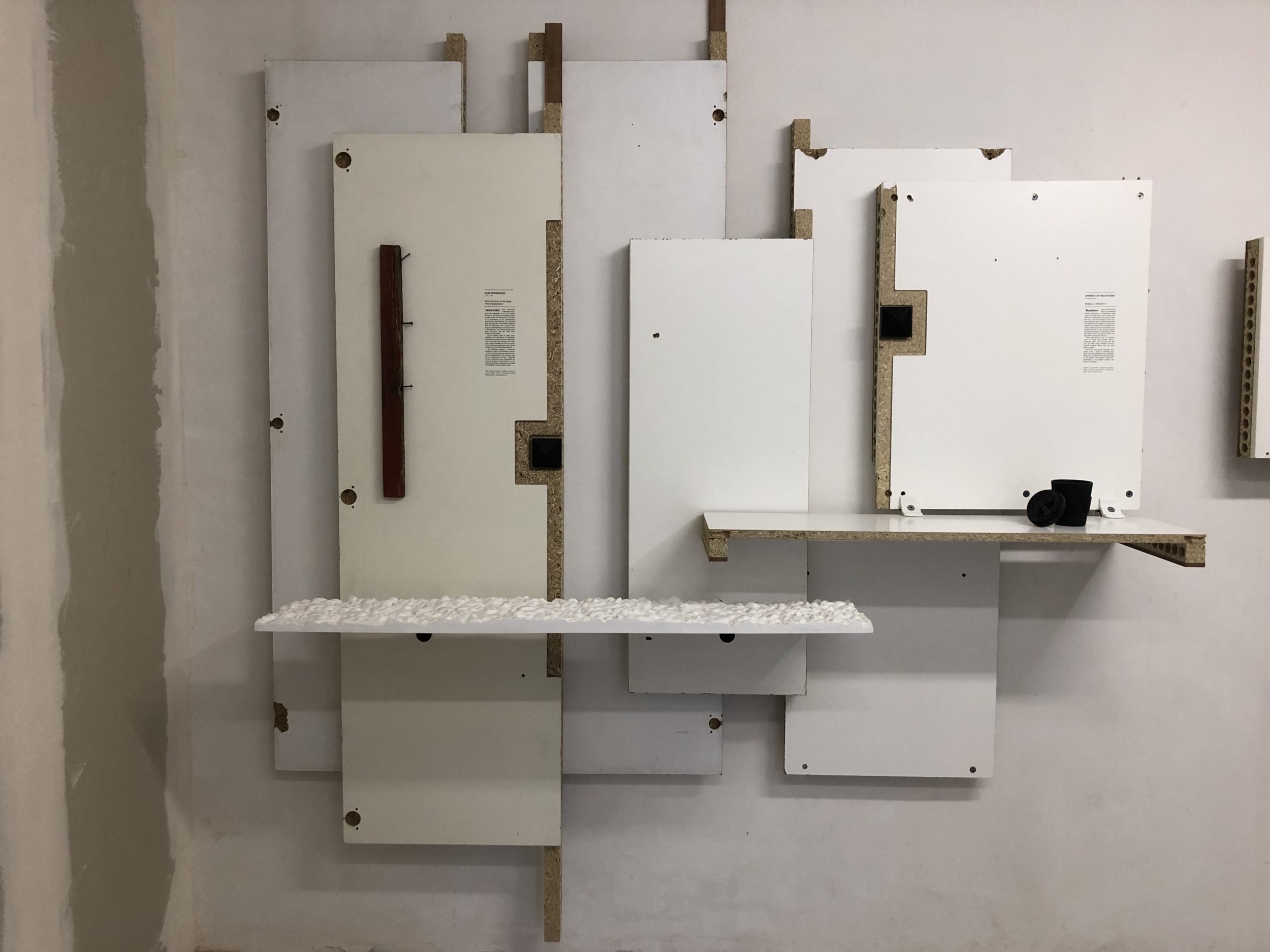
The Sceptical Structures of Max: 05, 1989
used chipboard, plastic coffee cup, 222 x 195 x 39 cm
The Sceptical Structures of Max, 2019
The Sceptical Structures of Max, 2019, an installation by James Beckett, is inspired by the biography of Max Himmelheber, the man attributed as inventor of modern chipboard. Beckett shines a light on engineer/entrepreneur Himmelheber, and his rather ill-fated contribution toward the fledgling environmental movement- namely chipboard.
An ingenious material originally using waste material from sawmills – bound with phenol resin, these chips and sawdust were constituted from the approximate 40% waste from the production of planks, a highly inefficient processing. Himmelheber approached the use of these materials in the spirit of frugality and economy, which resulted in a highly versatile, supposedly stable product. Chipboard now accounts for 80% of the material in furniture produced globally, and has spawned a love-hate relationship due its disposability, and more recently discovered environmental impact .
With the management of patents, Himmelheber amassed a fortune, turned recluse and shifted his attention to a set of philosophical reflections on mans role in the industrialised world. In his quarterly magazine, Scheidewege (Crossroads), he published texts displaying a culturally conservative distrust of unreflected technical and scientific progress. The journal was thus subtitled “Für skeptisches Denken” – For Sceptical Thinking. Losing a bit the plot, his contributions were at times dreamy and unintentionally comical, such as “On the Beauty of Whales and Dolphins”. Later texts denounce capitalism in favour or socialist workshops, whereby unemployed youth would create their own furniture from “solid wood”, a kind of heresy of his own product.
The proliferation of Himmelheber factories around the world meant Max would spend much time in Japan, exposure which sparked a long term interest in Shinto animism. Back in his home town, he commissioned the architect of his first factory to build an oriental inspired villa, a modernist hybrid translating his fantasies to home. The refined aesthetics and visible decay of this structure form the back bone of the installation – rendered in chipboard harvested from the streets of Amsterdam. The humbled bodies of former kitchens, wardrobes, tv stands and beds reflect a state of both discard and exhaustion. At the seeming end of an era, this installation proposes a form of redemption through a consideration, re-ordering and caring of materials.
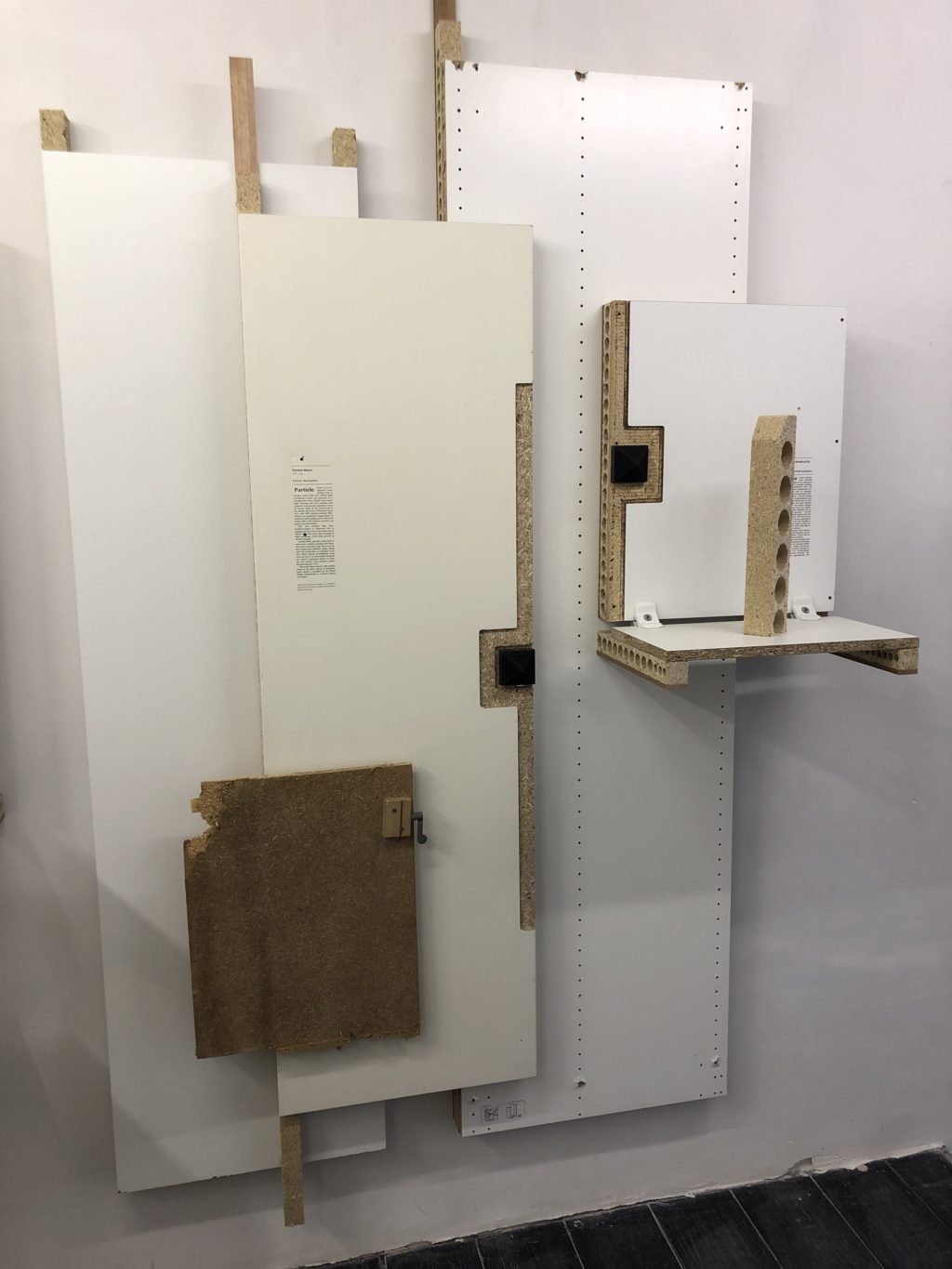
The Sceptical Structures of Max: 02, 1989
used chipboard, 238 x 140 x 39 cm
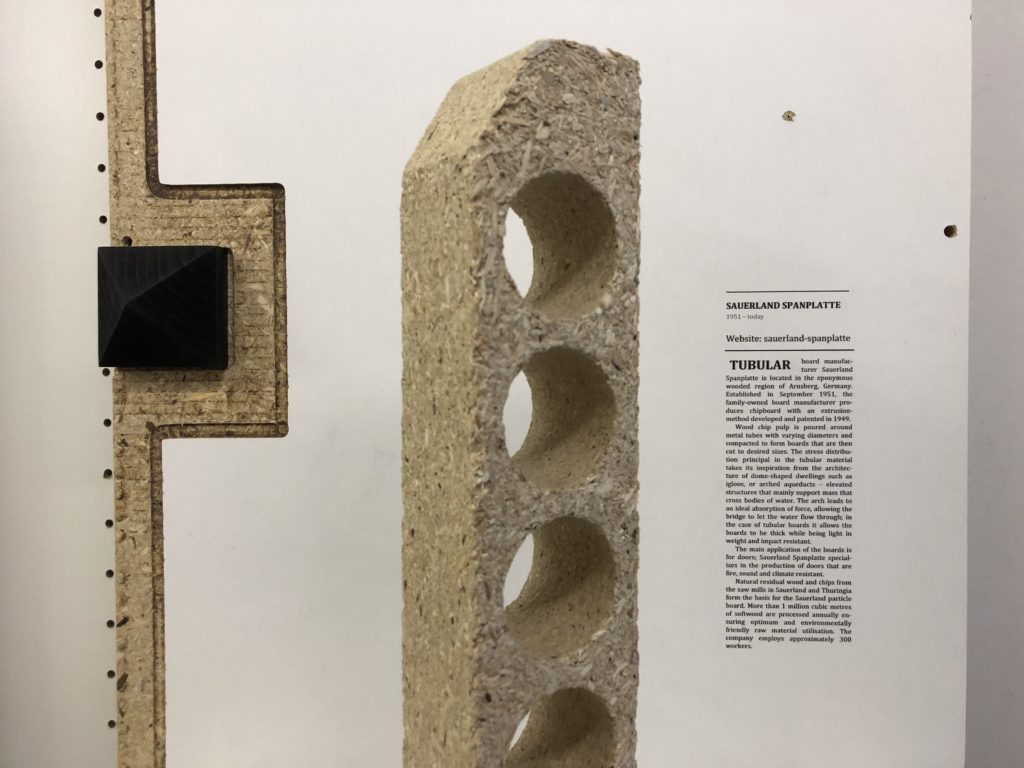
The Sceptical Structures of Max: 02, 1989
(detail)
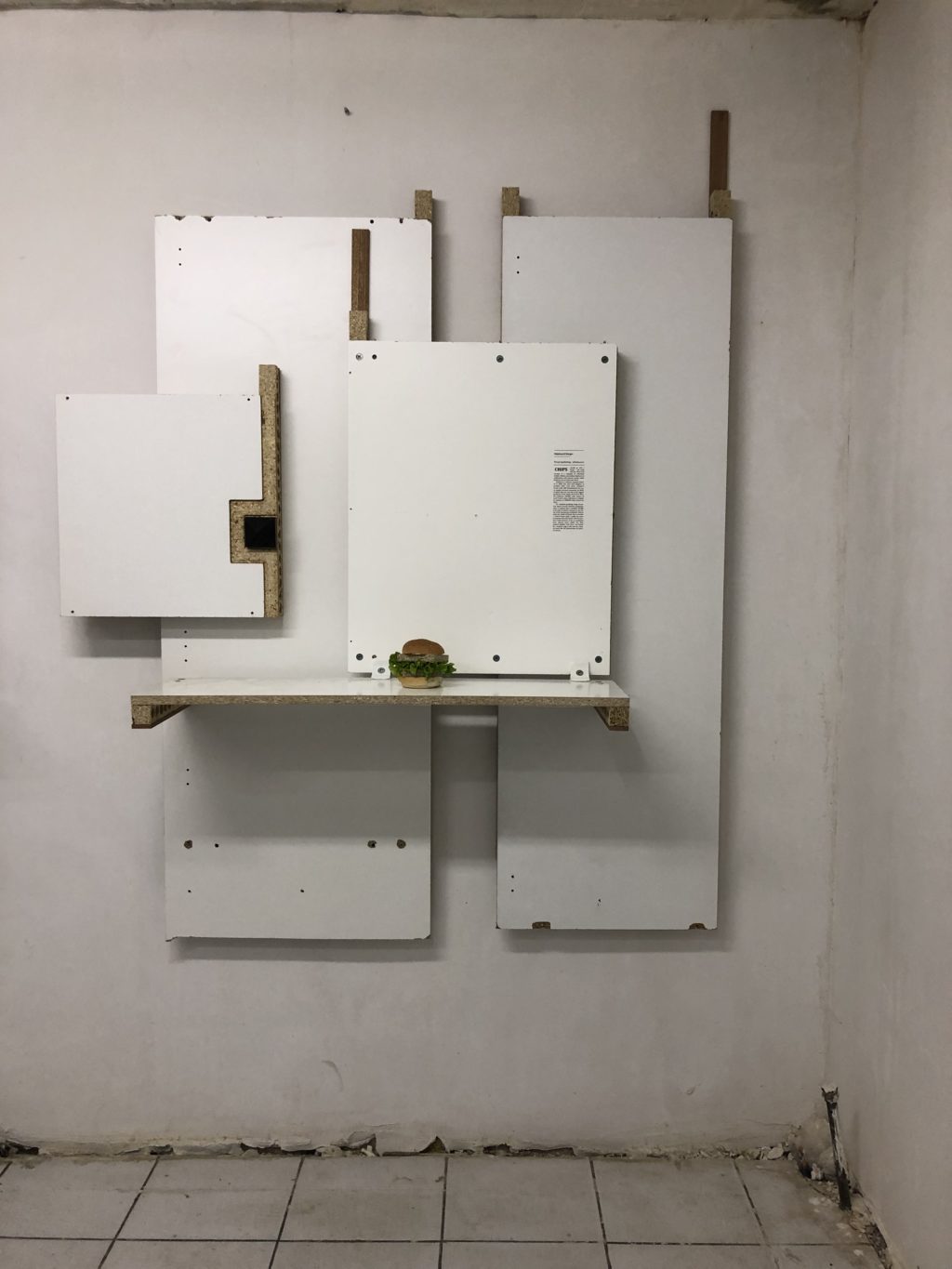
The Sceptical Structures of Max: 04, 1989
used chipboard, bread bun with salad, 185 x 145 x 39 cm
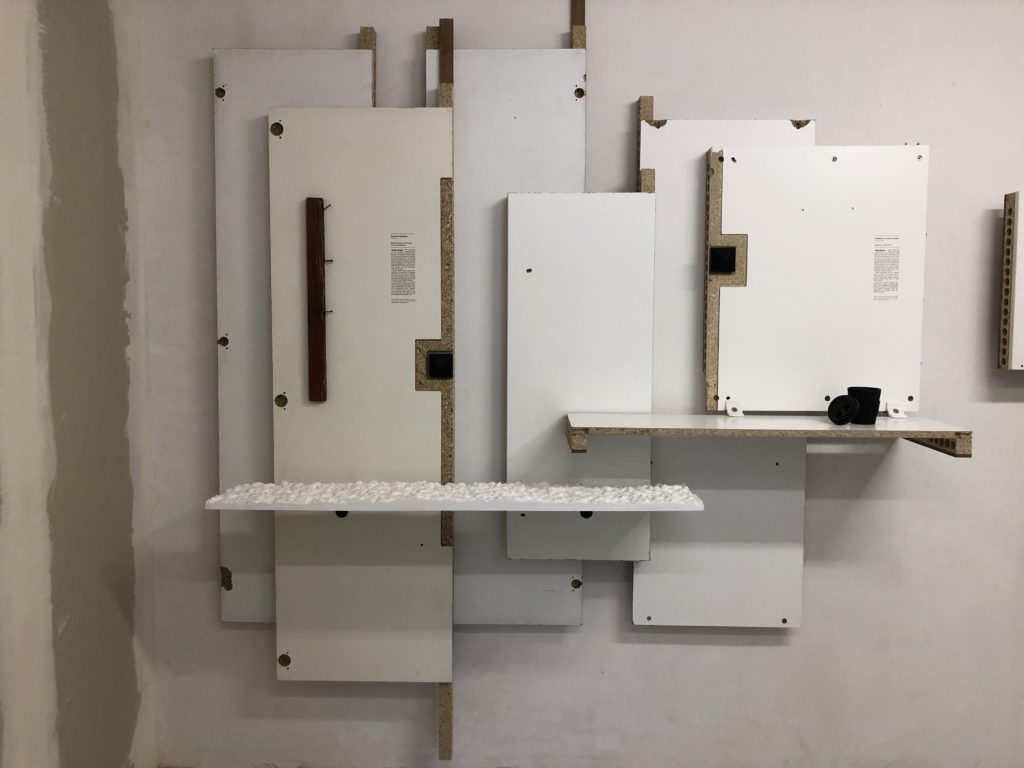
The Sceptical Structures of Max: 05, 1989
used chipboard, plastic coffee cup, 222 x 195 x 39 cm
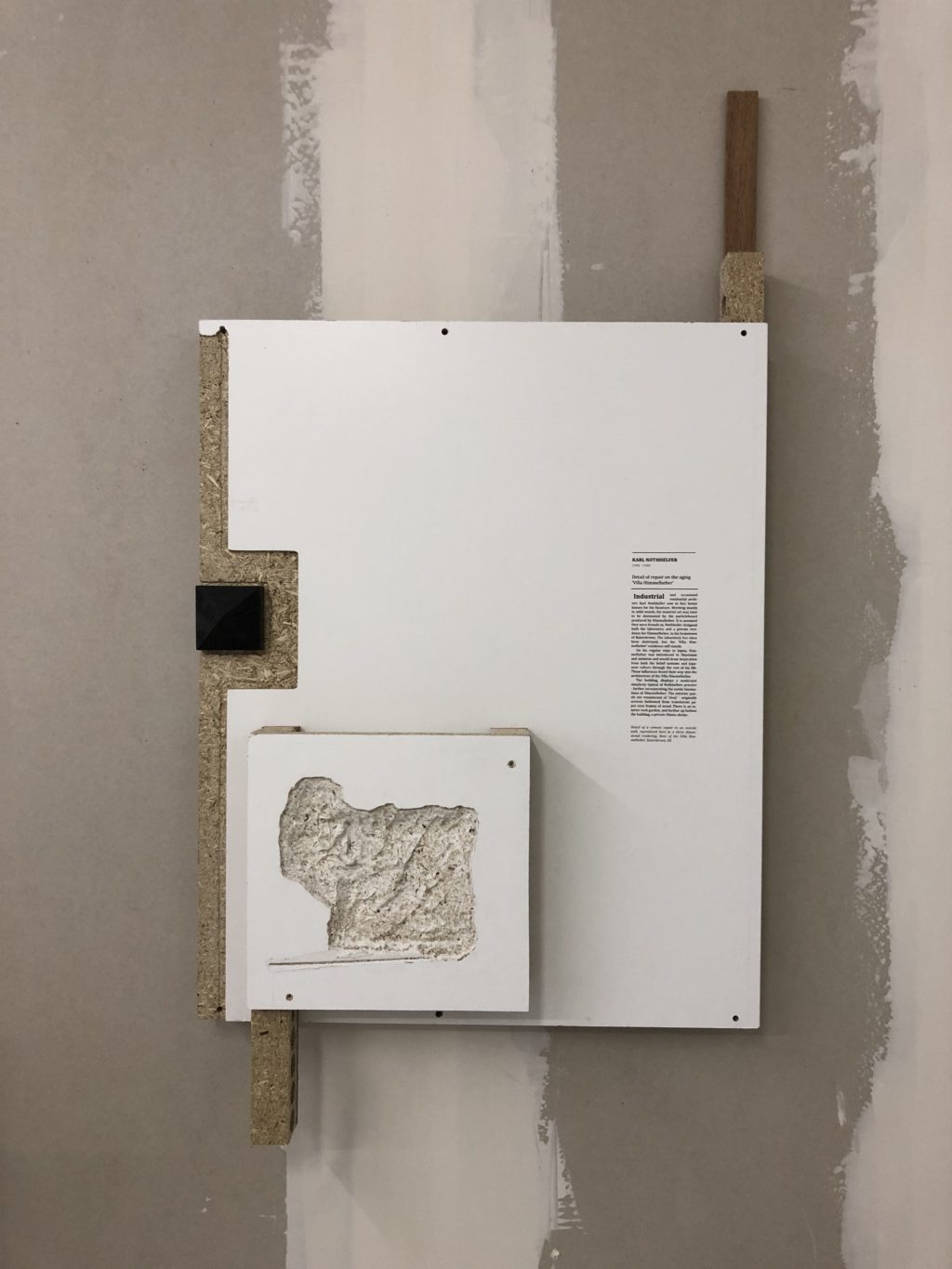
The Sceptical Structures of Max: 06, 1989
used chipboard, 115 x 57.5 x 30 cm
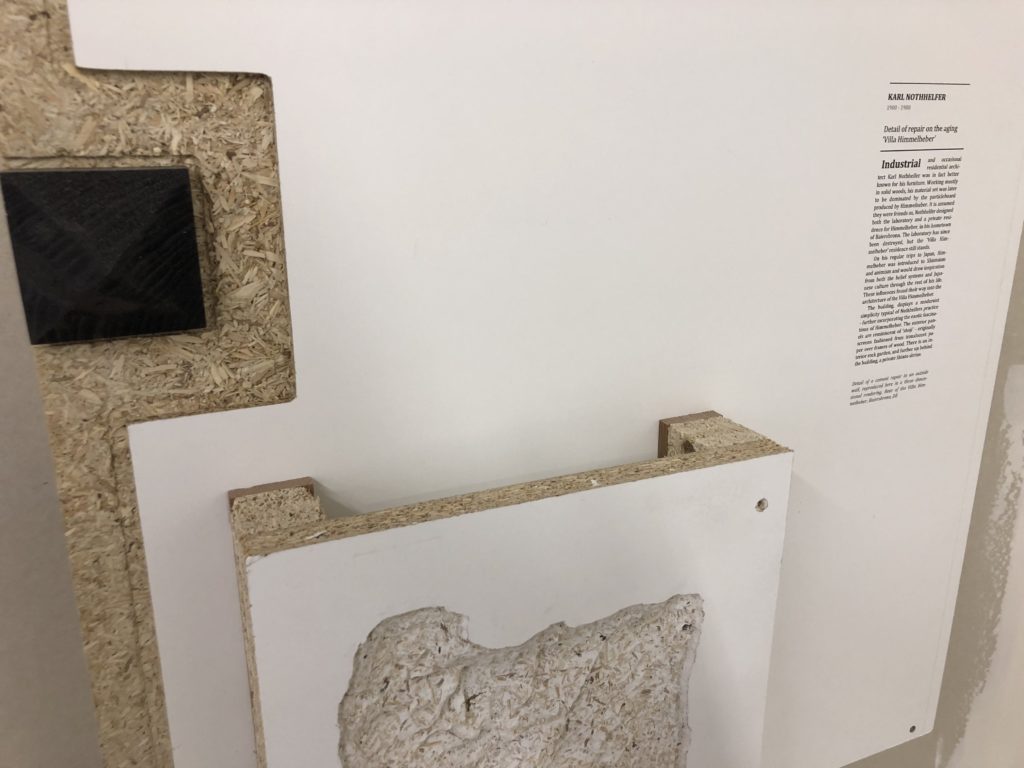
The Sceptical Structures of Max: 06, 1989
(detail)

